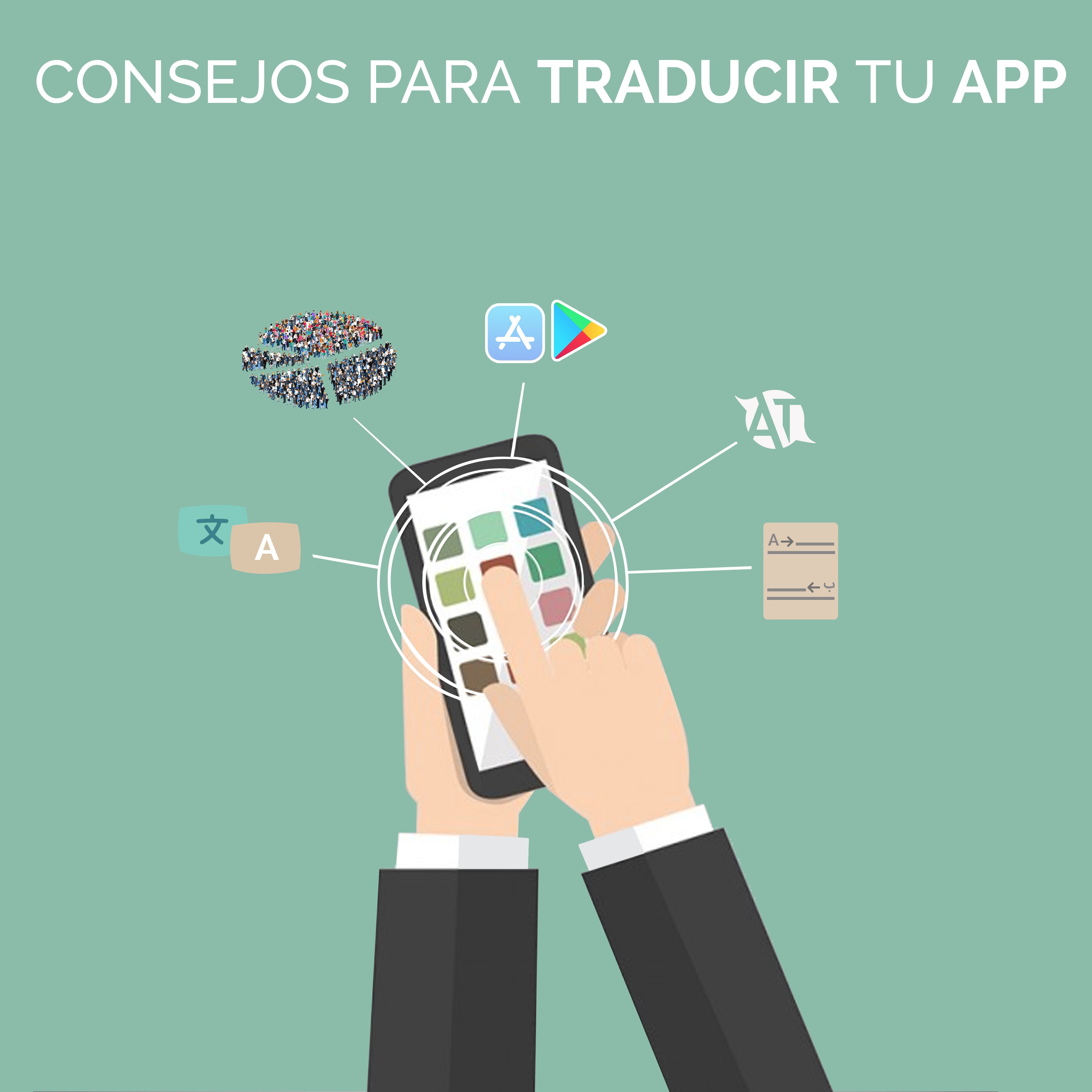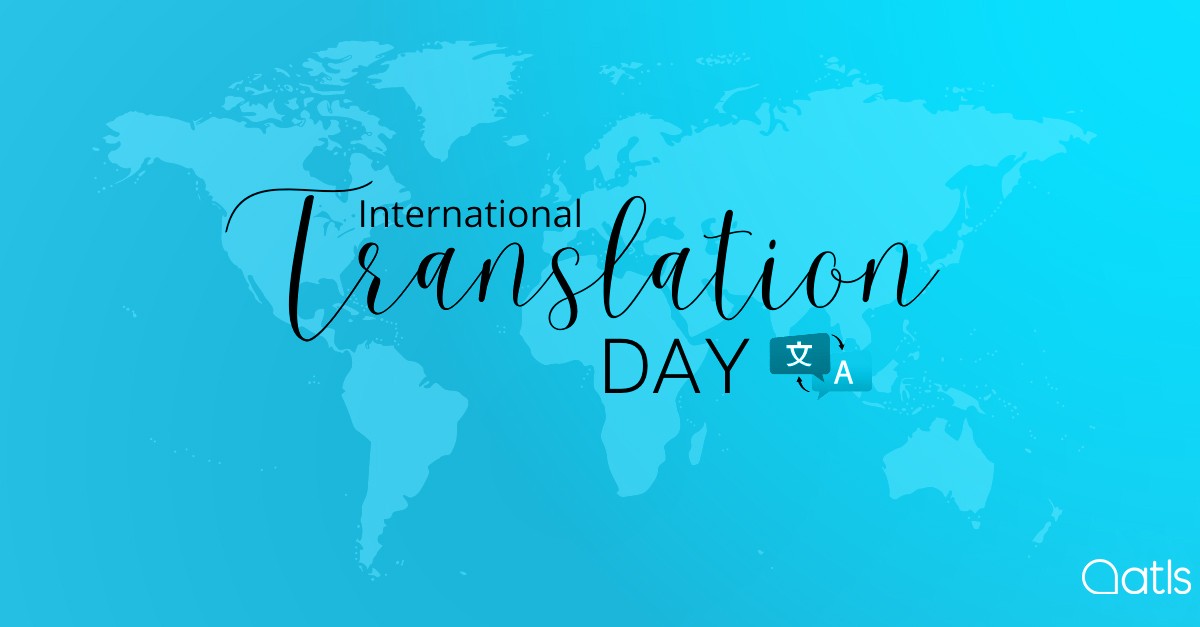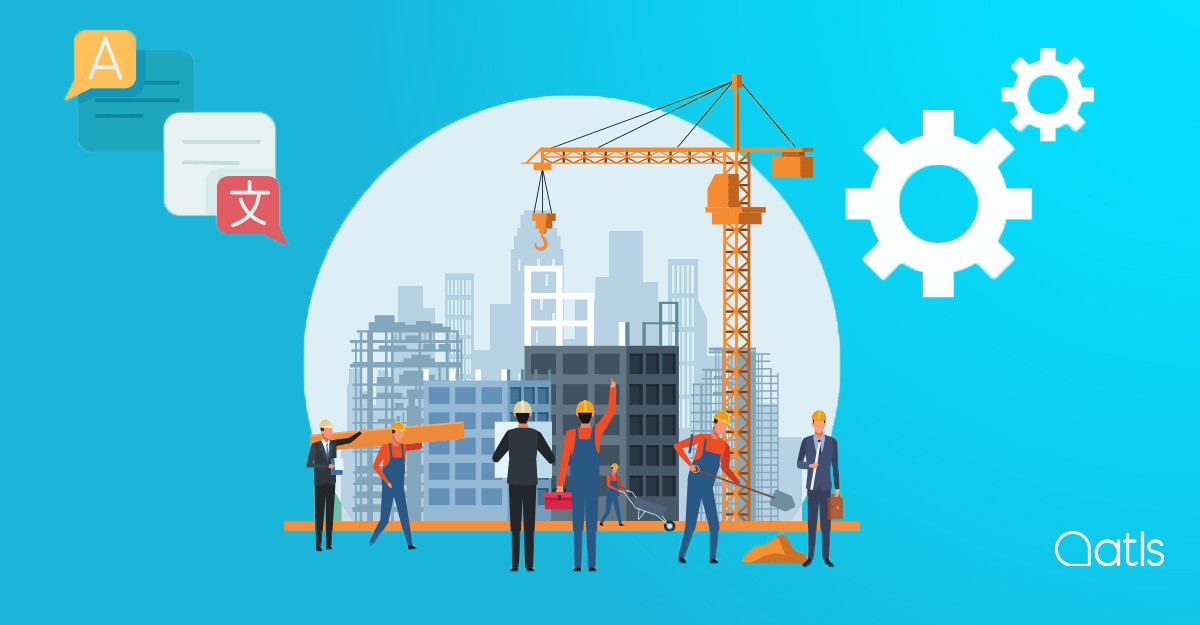Document translation: How is it done?

Translation is not just the simple transfer of a source text to a target language. It requires previous and later steps. The translation process may vary according to the content or the translator but, what exactly is the document translation process?
- Reading of the document
In order to draw up a quote, when a text arrives to translate, our project managers will review the content to determine the subject and establish whether it is a specialised text.
- Assessment, drawing up and acceptance of the quote
Once the text has been reviewed, a quote is drawn up according to the target languages, taking into account, among other aspects, whether it is a document with specialised content or a sworn translation. Once the quote has been drawn up and accepted, the translation process begins.
- Assignation of the document to a translator
Once the quote has been accepted, our project managers will assign the document to a translator. This process takes into account the translator's knowledge of the target language and speciality, with the aim of delivering a top quality translation.
- Translation process
Prior to the translation process, the translator reads and analyses the document in order to comprehend the content and context. If the translator has any queries about the content (technical terms, for example), he or she must ask for additional information in order to have a full understanding of the text and make a translation as close as possible to the source document.
Once the translator has a clear understanding of the source text, the document will be translated using our CAT (Computer-Assisted Translation) tool, always making use of glossaries of terms, if available, and taking into account any suggestions from the client.
- Let a translation “rest”
A recommended technique is that, once the document has been translated, it is left to "rest". Later, the translator re-reads it to check for any mistakes and to ensure that it reads well in the target language. It is important for a translator to disconnect for a time from the translation he or she has just finished and come back to it later with a fresh mind.
- Reviewing the translation
Let's not forget the review process! This is the moment for proofreading the translated document, having it revised by a second translator for possible errors in grammar or terminology, and once again ensuring that the text sounds natural and smooth-flowing in the target language. The process of another person reviewing the translated document ensures that he or she is not influenced by the translation process and can edit the document from a more effective perspective.
- Translated document
Once the translation is finished, the client is informed that the document has been translated and can be downloaded through our translation platform.
At AT Language Solutions, we work to ensure our team of professionals carries out translations to the highest quality.




